An educational and creative day at the SIGN Living Lab!
On March 19th Amped / Local2Local and Dutch Foundation for Innovation in Greenhouse Horticulture (SIGN) organized a day dedicated to the transition of greenhouse horticulture. Students from various studies in Utrecht, Rotterdam, Wageningen and other countries, ranging from Creative Business and Sustainable Governance to Food Technology, immersed themselves in the world of greenhouse horticulture and the valorization of residual streams from greenhouse horticulture.
Not only that; at the Living Lab they also brainstormed in a carousel of three workshops about new applications and their marketing.
The day began at tomato grower Duijvestijn. There, over a cup of coffee, we were given a crash course in the world of greenhouse farming and were allowed to take a look inside the greenhouse. Then we visited LG Flowers, a gerbera grower.
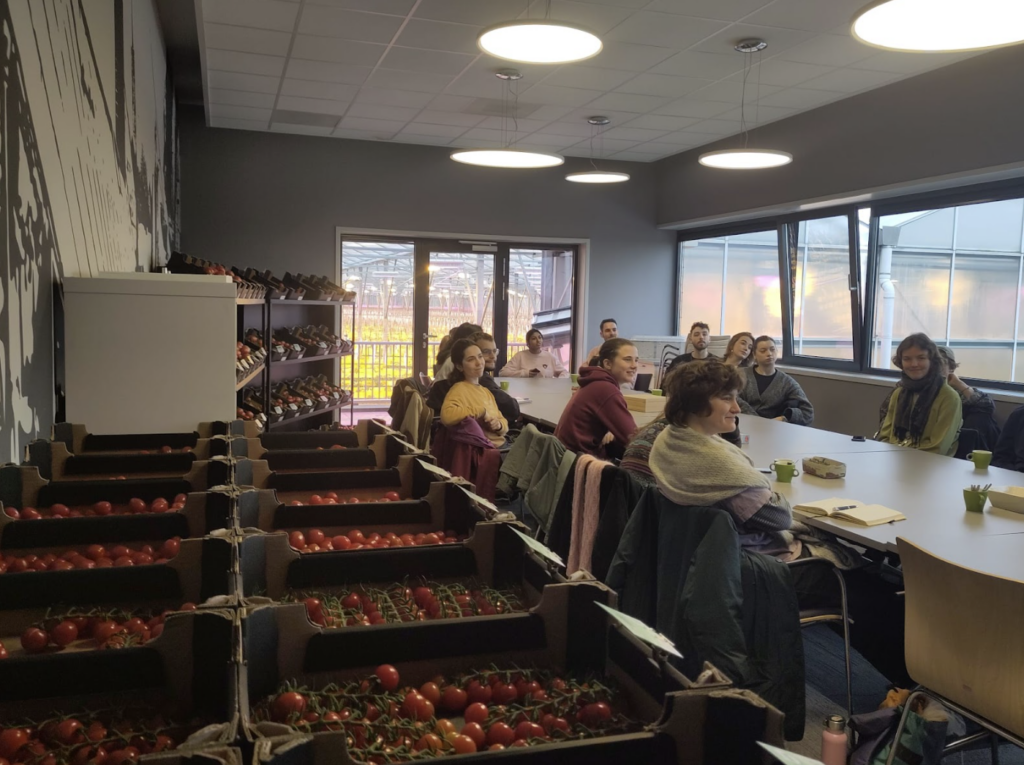

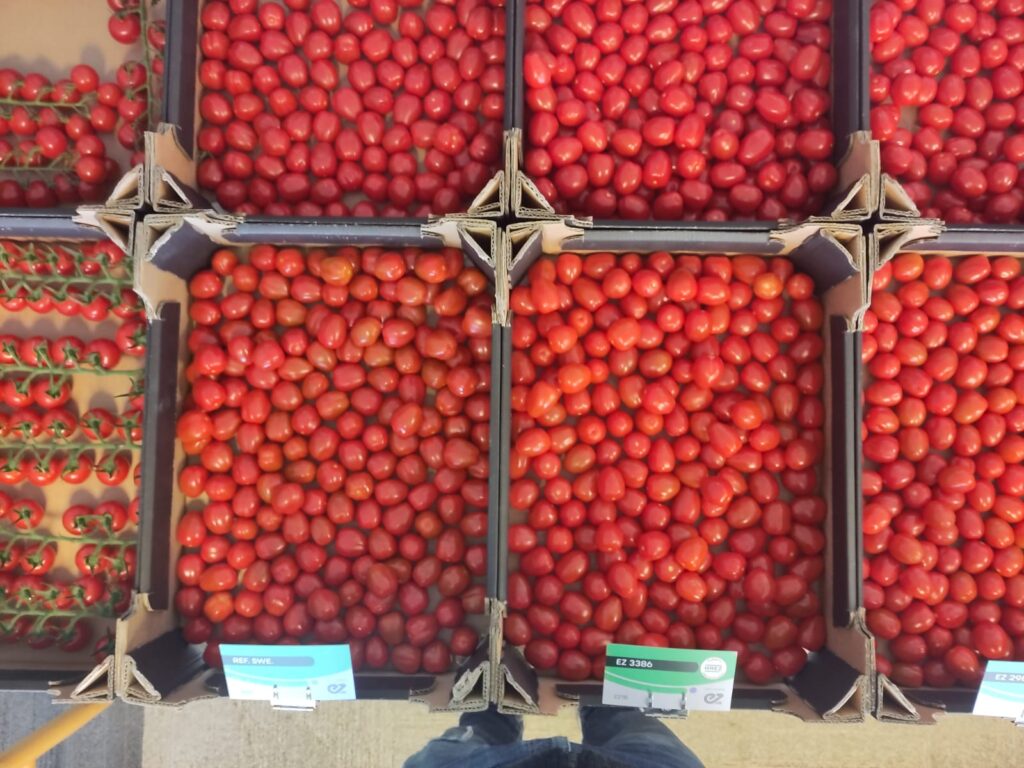

On both visits, many interesting questions were asked and answered; for example, we learned that the tomato grows on rockwool; that the environment in the greenhouse can be controlled very precisely with the help of A.I., that one gerbera plant provides flowers for up to 3 years, and that fewer pesticides are used in a greenhouse than in arable farming.
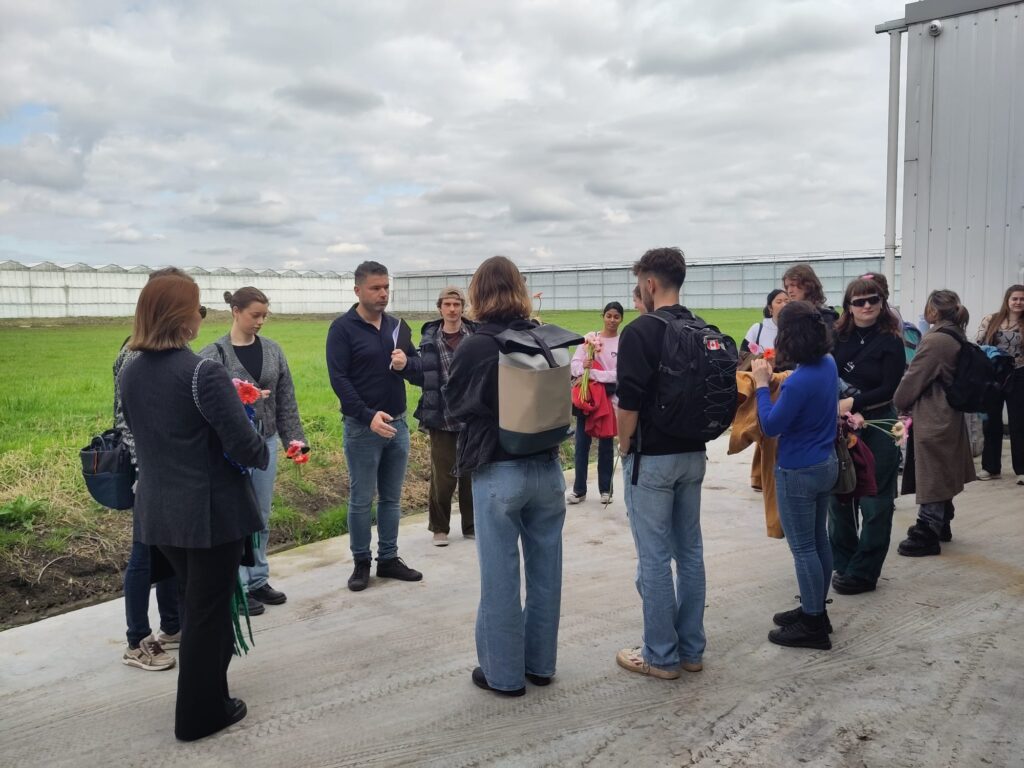
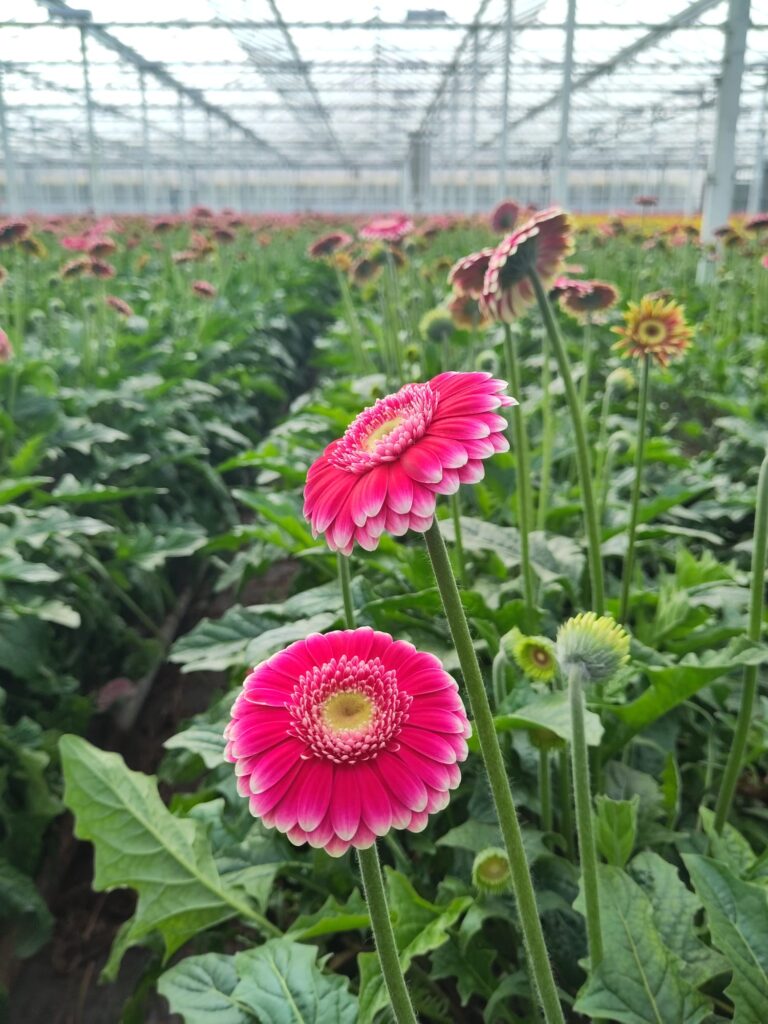
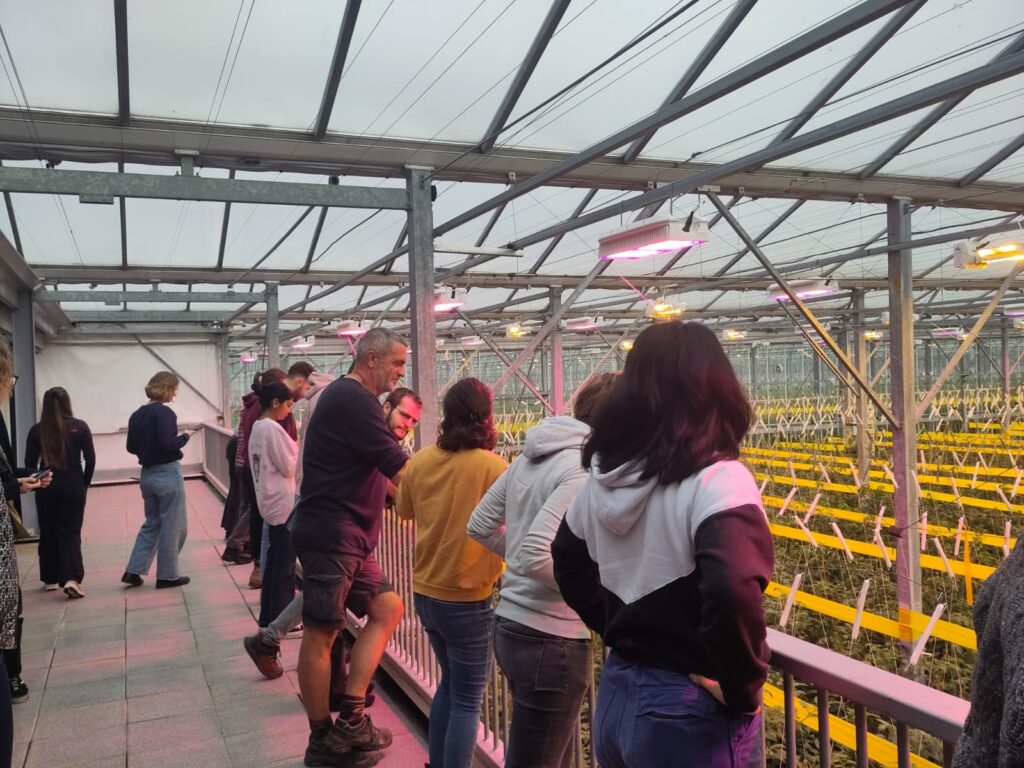

About the residual streams, for example, we learned how efforts are being made to make the system as circular as possible. An important residual flow from flower cultivation is the stems, once every 10 months all the stems of tomato plants go out the door as a residual flow.
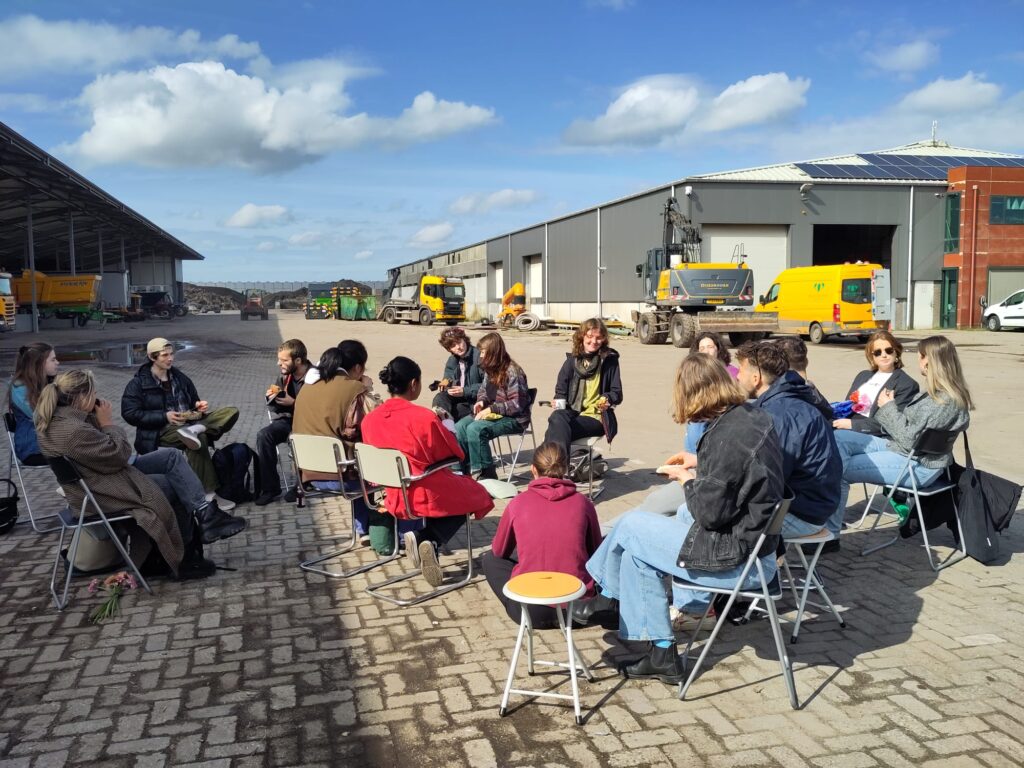
After a delicious lunch in the sunshine, we received instructions from Arjan van Steekelenburg and Dewi Hartkamp of the SIGN Living Lab, Willem Kemmers of Greenport West Holland, and former Living Lab intern Beert Atsma presented us with his mycelium tiles fed by residual streams, with the goal of creating biodiversity on poor soil.


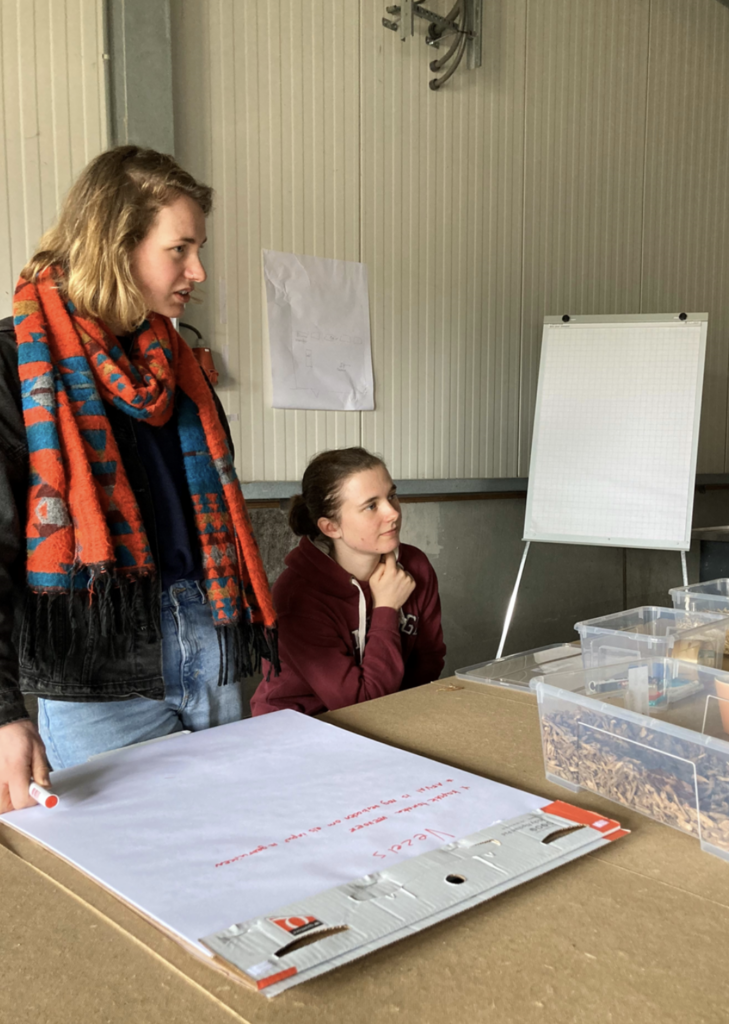
Then the active part started: three workshop rounds. In two of these, we brainstormed about the possibilities for adding value to specific residual streams such as plant fibers and chicory roots; not just “what can you make with these?”, but also “how do you market them? To really get hands-on with the subject, in the third workshop we were allowed to use the screw press to print a sheet of chosen fibers and have it printed with the laser cutter according to our own design.
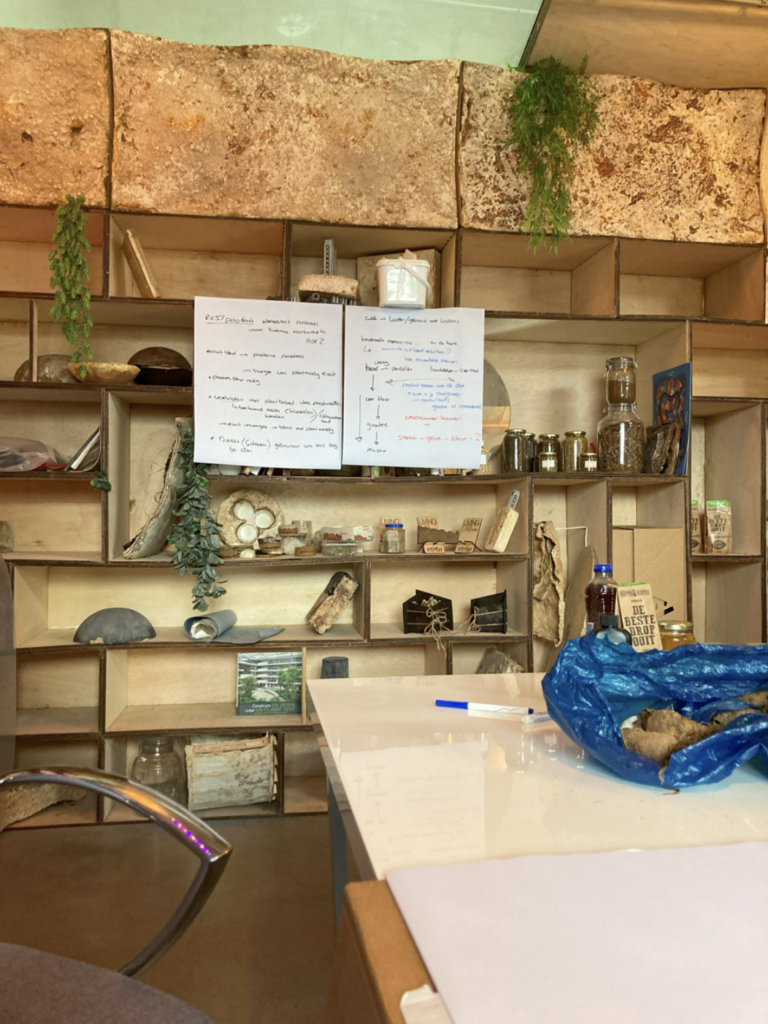

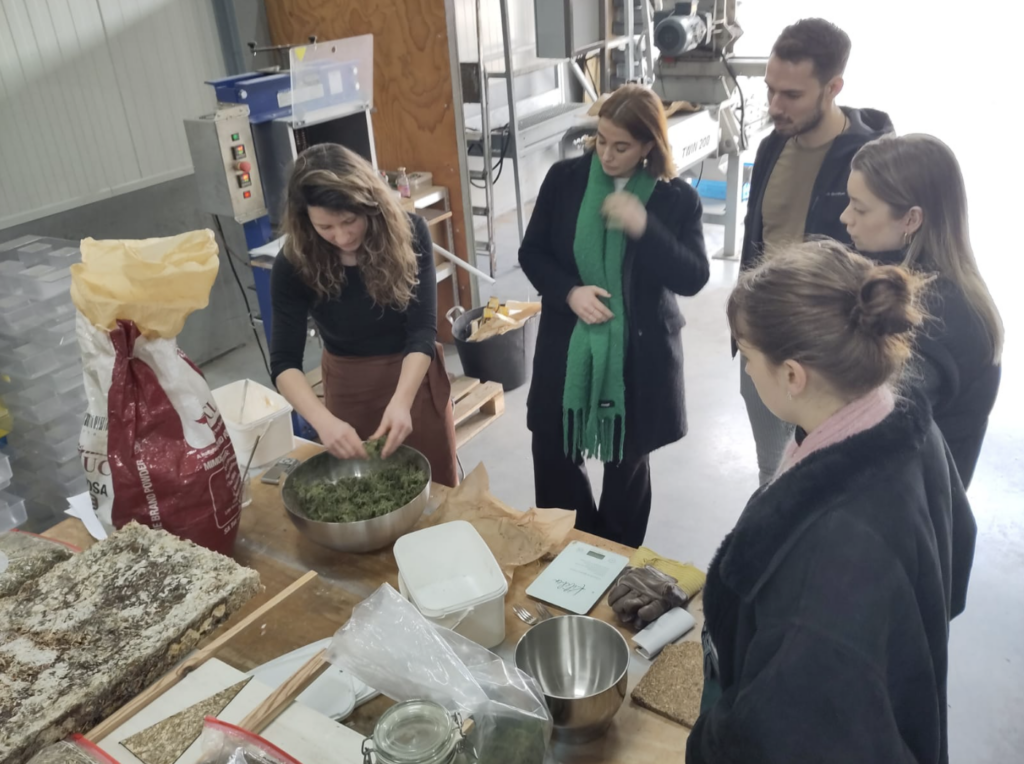
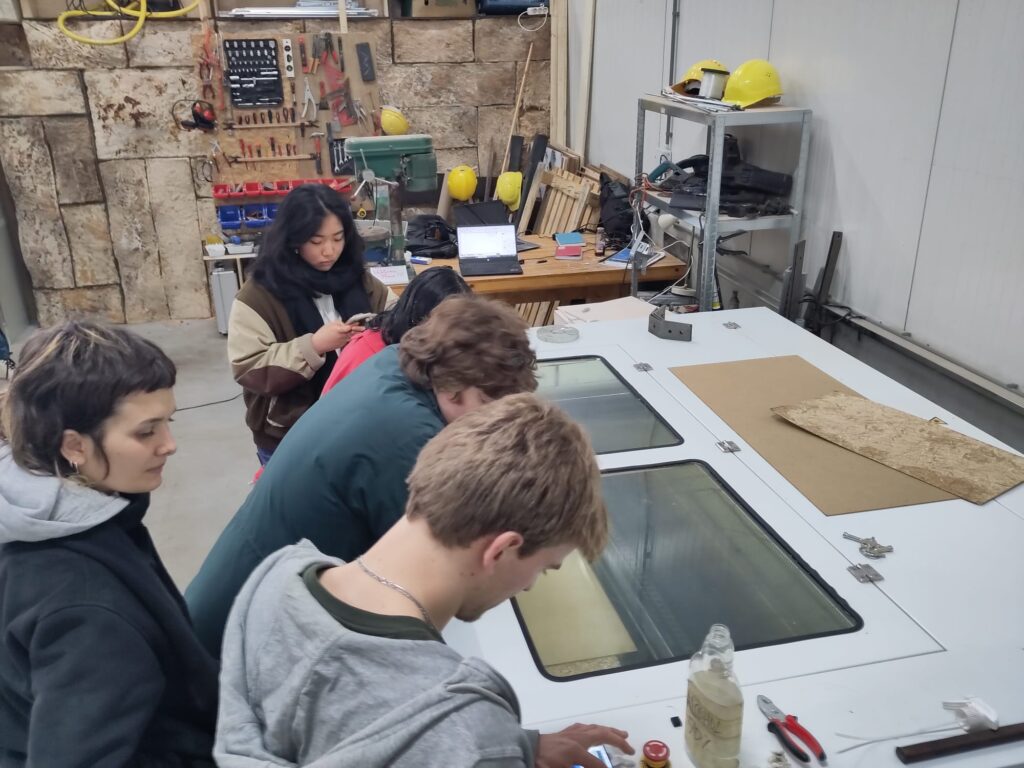
From this workshop, many ideas arose and were presented in colors and aromas: skateboards made of fibers from waste streams; awareness of the healthy properties of chicory root, a “book greenhouse” for which tomato fibers are converted into paper and covers of books and magazines. But also IKEA construction kits and plant pots, a biodegradable coffin and much more!
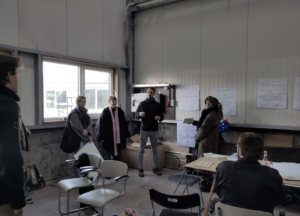
It was a very informative, interactive, fun and fruitful field trip! With the icing on the cake that some of these students are motivated to further develop their ideas in the coming months.
Therefore, we are looking for a (horticultural) entrepreneur who wants to act as a coach to help these students successfully realize their ideas. Are you interested in contributing to the future of horticulture and supporting young talent? If so, please contact Arjan van Steekelenburg. Your support can make a big difference for innovation within our sector.